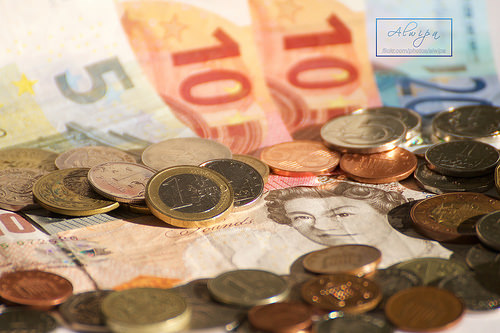
One of the things that a beginner in the field of forex trading needs to know is that it has its own set of words that define different actions. How to trade forex for beginners will require them to study some of these terms that will help them get acquainted with the procedures and steps that they will implement in their trading lives. But before you go towards the deeper meaning terms, it is best that you start off with the simpler terms.
Simple terms on how to trade forex for beginners
- Cross rate is the rate of exchange found in a pair of currencies being traded. However, neither of the two countries must be the location where the trade is declared or consummated. This is also the term defined for all rates except for the United States dollar without any reference as to which country the quote of rate is being given to. To further expound on this, let us say that the pair about to be traded is between the UK pound and the Japanese yen and the cross rate quote was declared in a German publication, this will be classified as a cross rate since the German Euro is not part of the referred currencies. However if the rates being discussed here is between the German Euro and the Japanese Yen, then it will not be classified as a cross rate since the German currency is involved.
- Exchange rate is the price value of one currency compared to another currency. This is a very important aspect about how to trade forex for beginners because this will let you realize the price value of other currencies. If you come across a pair which declares $AUS/$US with prices equaling to $AUS/$US 1.3000 – this simply means that every $AUS is worth 1.3000 $US.
- PIP is the smallest fraction of the value a currency can move in how to trade forex for beginners. PIP is also called ‘point’ or ‘points. An example of this is $NZD/$US=0.0001 for 1 PIP. Another would be $US/YJP = 0.01 for 1 PIP.
Advanced Terms
- Leverage allows you the means to condition your account to gain more that you projected it to or even higher than the margin of your account. A perfect example of this is that a currency opens under a traders’ account with a $1,000 margin. The trader opens at $100,000. This simply means that he has a 100 leverage. If the value he opens with is at $200,000 then that means he has a 200 leverage to work with. This allows you to make more profits if you make the right decisions. However, there is also a risk of losing some money when you make the wrong ones. The easy way to compute for your leverage is to divide the opening value by your margin.
- Margin is the initial amount a trader has to put up for him to open and maintain his trade location. In how to trade forex for beginners, there are two types of margins being used by traders. The first is the ‘free’ margin which is used by a trader to open a new location in terms of value. The second is the ‘used’ margin which is used to maintain a location of the value of the currency.
photo credit: Foreign Exchange via photopin (license)